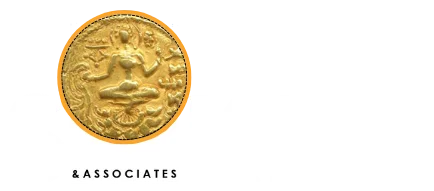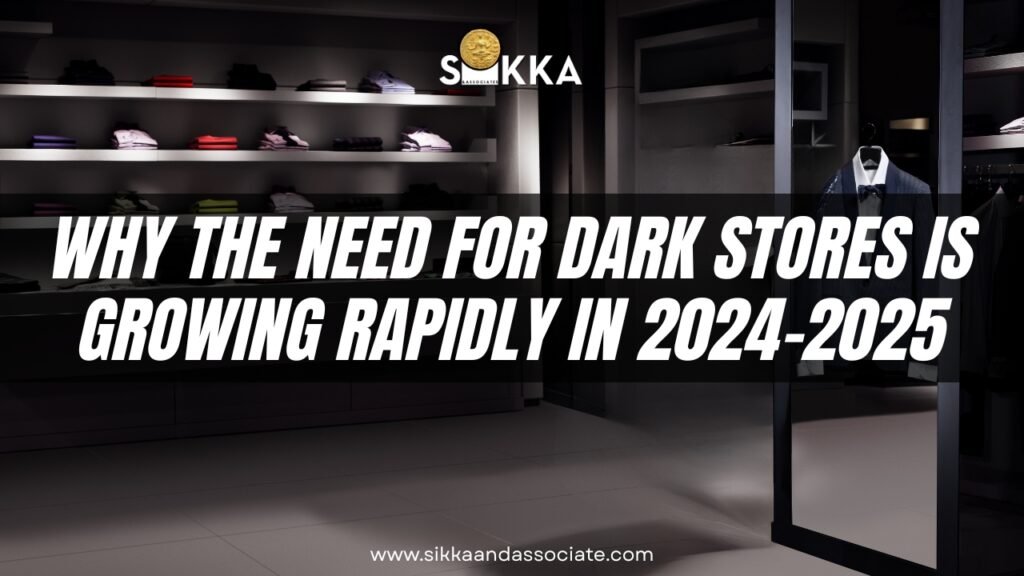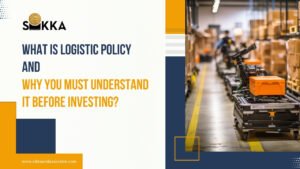Why the Need for Dark Stores is Growing Rapidly in 2024–2025
Retail is no longer confined to storefronts and shopping malls. In 2024–2025, a silent revolution is underway in urban centers and back-end warehouses across the globe. This shift is driven by the growth of dark stores—retail spaces dedicated exclusively to fulfilling online orders, without serving walk-in customers.
From grocery chains to fashion brands, businesses are pivoting toward a model that prioritizes speed, efficiency, and scalability. So, what exactly are dark stores, and why are they booming right now?
What Are Dark Stores?
Dark stores are retail outlets repurposed as local fulfillment centers. They are “dark” because they are not open to the public. Instead of traditional in-store shopping, these locations serve as high-efficiency warehouses where staff picks, packs, and dispatches online orders—especially for same-day or one-hour delivery.
These stores mimic the layout of a regular store but are optimized for staff movement and inventory access. Some are even fully automated, using robotics and AI to pick and pack items at lightning speed.
Why Are Dark Stores Growing So Fast in 2024–2025?
Several market forces are fueling the growth of dark stores, and the trend shows no signs of slowing down. Here are the top factors driving this surge:
1. Continued Boom in Online Shopping
E-commerce continues to expand at a rapid pace, particularly in sectors like groceries, fashion, and electronics. In 2024 alone, global e-commerce sales are projected to surpass $6.5 trillion. Consumers increasingly prefer the convenience of online shopping—and expect fast, often same-day, delivery. Dark stores enable brands to fulfill this demand with localized micro-fulfillment.
2. Rise of Quick Commerce (Q-Commerce)
Q-commerce promises delivery within minutes, not days. It’s transforming consumer expectations in urban markets. This ultrafast delivery model is only feasible with dark stores strategically placed in high-density areas. Companies like Blinkit, Getir, and Instacart are already leveraging this approach to meet the 10-to-30-minute delivery window.
3. Urbanization and Population Density
As more people move into cities, real estate costs rise and consumer behaviors shift. Urban retailers find it increasingly practical to convert front-facing stores into dark store hubs to serve large populations within small geographic footprints. These stores allow brands to deliver quickly without maintaining costly retail showrooms.
4. Rising Operational Costs
Maintaining a full-service retail outlet with customer service staff, displays, and promotions is expensive. Dark stores reduce these costs by eliminating the need for customer-facing functions, allowing businesses to invest more in logistics, inventory, and technology.
5. Flexibility and Scalability
Dark store models offer agility. Businesses can scale operations up or down based on demand, open pop-up fulfillment hubs in new markets, and use real-time data to optimize order routing and inventory levels. This is especially valuable during peak seasons, product launches, or regional sales campaigns.
Key Sectors Benefiting from Dark Store Growth
The growth of dark stores is not limited to one sector. Multiple industries are leveraging this model to streamline their operations and meet customer demands more efficiently.
Grocery and Essentials
Consumers want fresh food, personal care items, and household essentials delivered fast. Dark stores are ideal for this, enabling grocers to pick and pack orders efficiently.
Fashion and Apparel
Returns are common in fashion. Dark stores allow quicker order dispatch and easy local returns, improving the overall customer experience.
Electronics and Mobile Accessories
Tech buyers often want next-day delivery or in-store pickup. Using dark stores, brands can position hot-selling inventory close to major demand hubs.
Pharmaceuticals and Health Products
Health needs don’t wait. Pharmacies are turning to dark store models to offer reliable, fast delivery of prescription drugs and wellness items.
Dark Stores and Technology: A Perfect Match
The rise of dark stores has been accelerated by digital technology. Businesses are integrating warehouse management systems (WMS), real-time inventory tracking, predictive analytics, and even robotics to enhance performance.
AI is being used to forecast demand, route deliveries, and reduce waste. Meanwhile, automated fulfillment centers are scaling up the number of orders processed per hour without increasing headcount.
The Future of Dark Stores in 2025 and Beyond
The trajectory of the dark store trend in 2025 looks strong. According to logistics forecasts, over 30% of major urban fulfillment will be handled by dark stores by the end of 2025. As environmental concerns grow, these localized models also reduce emissions through shorter last-mile delivery routes.
Retailers are now experimenting with hybrid stores—part showroom, part dark store—to offer both walk-in experiences and fast online fulfillment. This blend could become the new normal.
This Shift Is Personal
At its core, the growth of dark stores isn’t just about retail strategy. It’s about meeting people where they are—busy, mobile, and used to getting what they need in hours, not days.
Behind every packaged order is a person who values their time, convenience, and reliability. And behind every dark store is a business adapting not just to survive—but to deliver better, faster, and smarter.
If you’re in retail, logistics, or e-commerce, the question isn’t if you’ll embrace the dark store model—it’s when.






